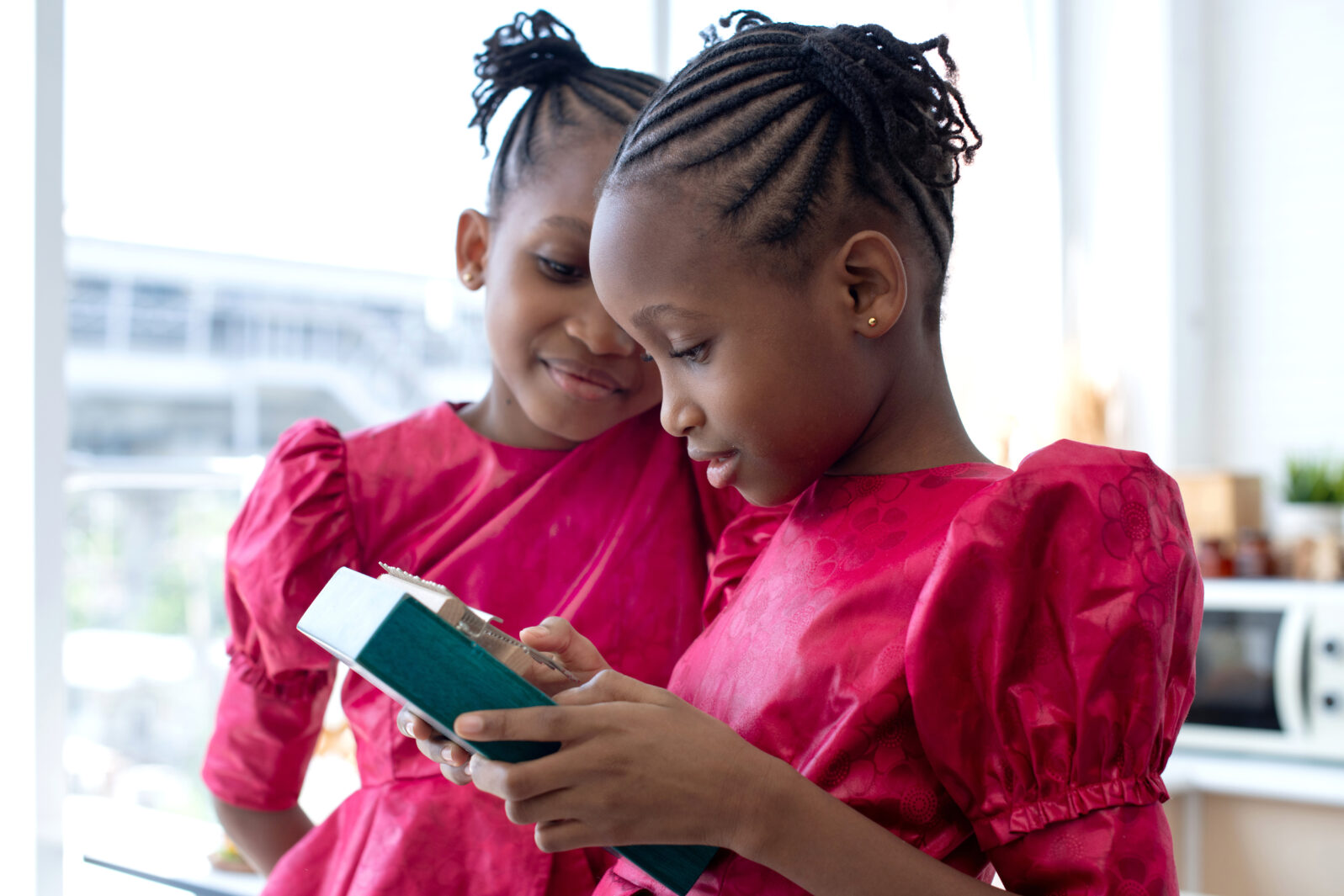The Explicitly Human Experience of Growing Up as a Twin
A philosopher muses on growing up as one of a set of two peopleAt Aeon, Wellington College philosophy professor Helena de Bres, muses on her experience of being a twin.

Her experience is statistically predictable; about 3% of live births in the United States are twin births. But of these, only about 30% are identical twins, formed when a single fertilized egg (zygote) splits. Most twins are “wombmates” — siblings who happen to get started at the same time.
de Bres starts by discussing a much more unusual situation in which a surviving child has absorbed a fraternal twin prenatally, becoming a genetic human chimera. Cases tend to be identified by accident, in connection with some other enquiry:
In 2015, a man from Washington took a cheek swab paternity test that said he was technically his son’s uncle, not his father. Further testing revealed that the man had different DNA in his saliva and his sperm. Genetic experts believed he was a human chimera, and he had absorbed some of his DNA from a fraternal twin’s embryo, BuzzFeed reported.
Caroline Praderio, “It’s possible for one person to have two different sets of DNA — here’s how it happens,” Business Insider, November 6, 2017
As de Bres puts it,
Most such twins likely disappear without a trace, but some get partly absorbed into their neighbour. The survivor is unlikely to learn of their lost sibling’s genetic presence, unless an unrelated test or procedure inadvertently reveals it. Go in for a routine cheek swab, come out with a twin.
Helen de Bres, “Both one and yet distinct,” Aeon, November 21, 2023
This is only likely to come to light among fraternal twins. An absorbed identical twin would have the same genome as the surviving twin.
Conjoined twins as individuals
Of course, the world of twins raises many intriguing questions about what makes for human individuality. What about inseparable conjoined twins who must share at least part of a body? De Bres offers,
Conjoined twins, unlike chimeras, contain only one genetic cell line. But (when two heads are present) they overwhelmingly consider themselves to be two unique, distinct beings, despite sharing a body. It’s typical for them to speak of themselves as individuals, and to develop a personality and tastes different from each other’s. Their families and friends, too, think of them as two people who just happen to be physically attached.
de Bres, “Both one and yet distinct”
That’s certainly true of Canadian conjoined twins Christa and Tatiana Hogan and American conjoined twins Abby and Brittany Hensel who are all distinct selves, despite sharing body parts and even sensations, in some cases, with a twin. Their lives entail constant essential negotiation.
Twins can sometimes share a mind, in certain senses even when, as in de Bres’ case, they have not lived in the same country for decades. For example:
People who regularly form a plural agent in important and extensive areas of their lives come to deeply identify with one another, and their relationship becomes central to who they each individually are. This is likely what Aristotle had in mind when he referred to a close friend as ‘another self’, and it explains why the death of an intimate can cause such deep mourning. In losing a dear friend, you’ve lost the plural person you formed together. If you acted as that person in wide and deep domains of your life, it’s not purely metaphorical to say that part of your own self has been ripped from your chest.
de Bres, “Both one and yet distinct”
Identical twins are said to have the highest level of grief when one of them dies.
What strikes me, reading de Bres’ account of twinship, is how exclusively human the issues raised are. That is, twinning is common among life forms. Twin bears wander away and twin snakes slither away. Human twins ponder existential questions about the nature of their twin selves. For conjoined twins, a philosophy of their situation becomes essential.
What about conjoined twin animals?
Conjoined twins animals occasionally survive. There is, for example, a conjoined twins turtle. The condition seems to be more common among reptiles than mammals. We were told this summer that a rare two-headed (bicephalic) western rat snake is back on exhibit at the Cameron Park Zoo in Waco, Texas, after a long sick leave. What happened?
Because Pancho and Lefty’s body is receiving signals from two command centers, its movements are uncoordinated and awkward. And in February 2021, the snake injured its left neck while trying to move in two different directions at once. Zookeepers removed the snake from public view to give it time to recover.
The wound took more than a year to heal, then veterinarians decided to give the animal an additional year off exhibit to get back to full health.
Sarah Kuta, “A Rare Two-Headed Snake Is Back on Exhibit at a Texas Zoo,” Smithsonian Magazine, August 14, 2023
Describing Pancho and Lefty as a single snake is confusing. They might better be described as two snakes struggling for control of a single body. Unlike humans, they probably don’t understand the nature of their position and can’t negotiate. Their new enclosure is designed to minimize such conflicts.
What’s unique about the human experience of twinning is that the humans understand that they are sharing a genome or perhaps even a body. That requires standing outside oneself and one’s desires for a moment, to view the reality from an abstract perspective. When we consider what that entails, it is a wonder that anyone doubts human exceptionalism.
